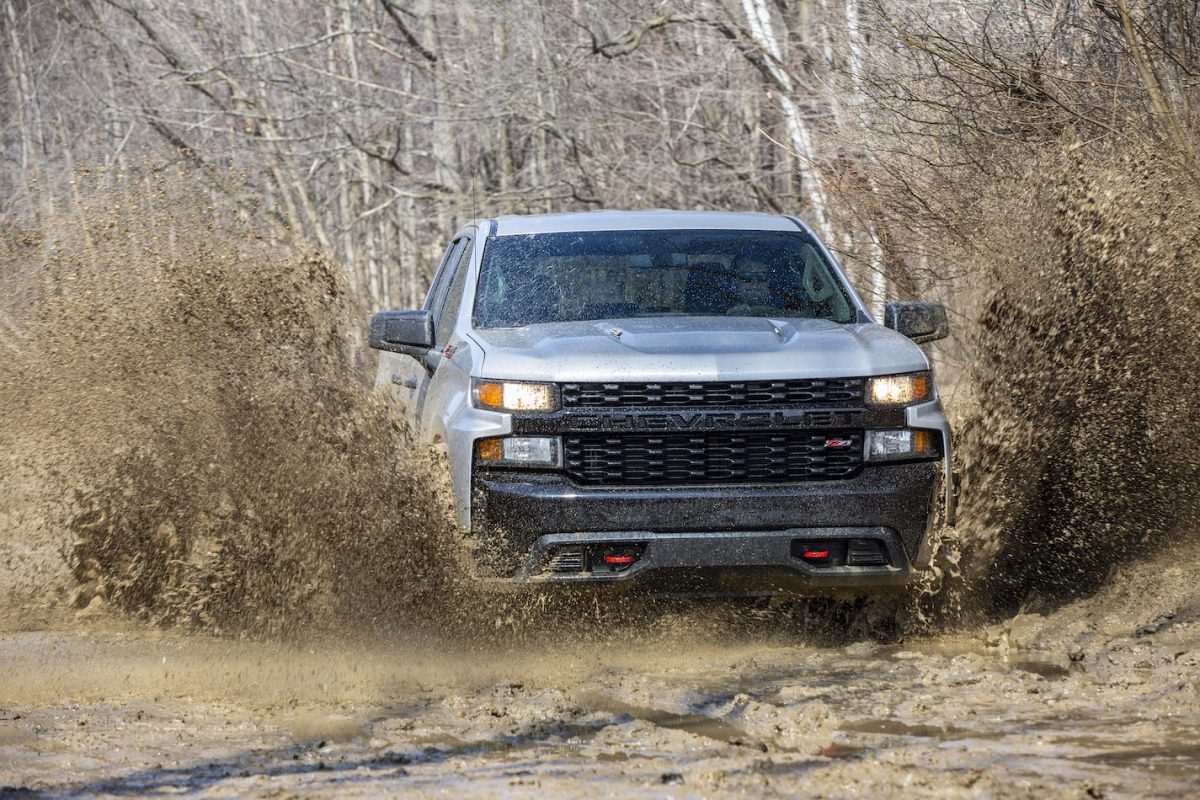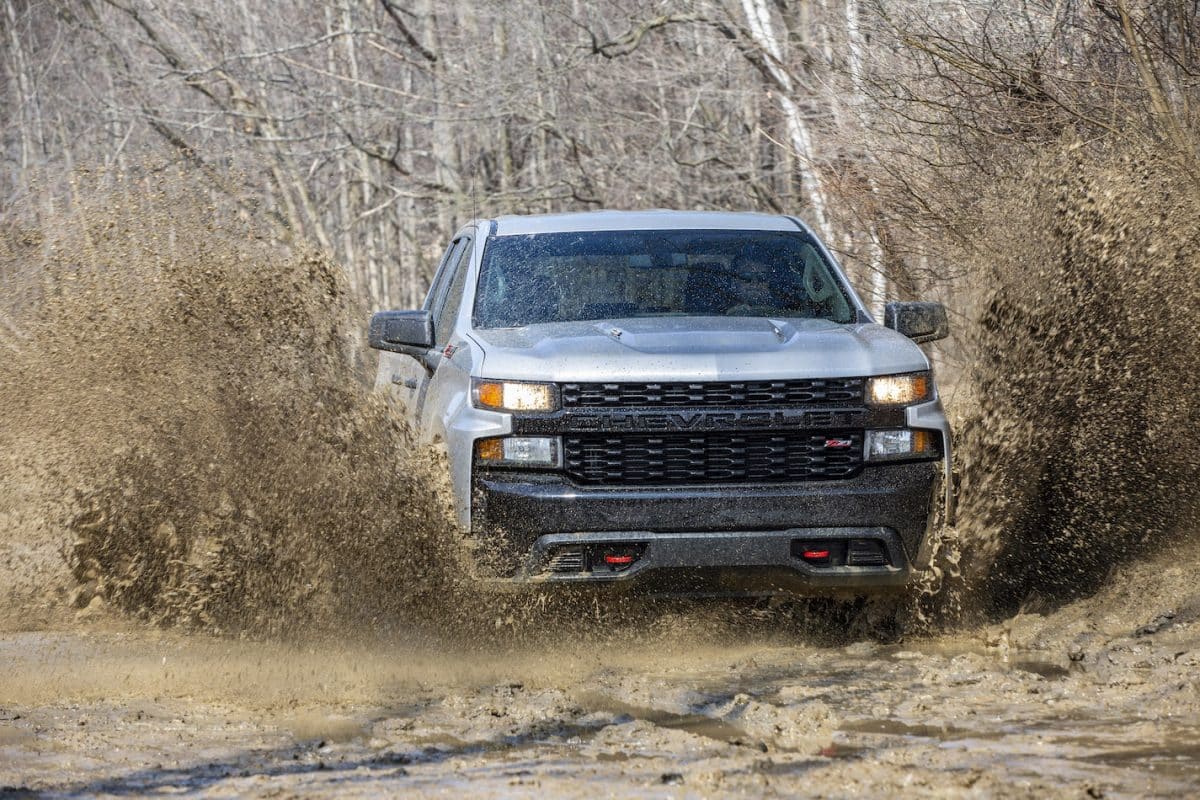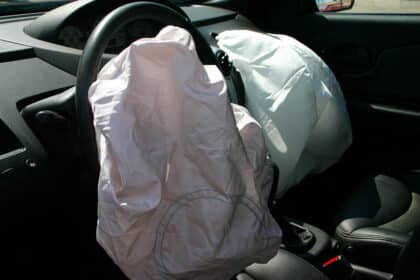 Photo: Chevrolet
Photo: Chevrolet
If you’re a gearhead, you’re probably familiar with the myriad of tests that vehicles undergo after production. (Think IHHS, NHTSA, and J.D. Power ratings, for example.)
But you might not know much about torture tests, the rigorous evaluations that automakers put their models through before production. Here’s just a glimpse of how automakers torture test vehicles and the benefits of this process.
Reliable Traction: Some reasons to go with AWD
Each manufacturer typically has its own facility where it conducts the torture tests. It’s also worth noting that different manufacturers have slightly different ways of testing their vehicles, as Detroit Free Press contributor Phoebe Howard reports.
GM drives its SUVs in flooded driving conditions to see how well the engine functions and perseveres through heavy rains and large puddles. It also shakes them in a simulator to pinpoint any parts that are creaking or rattling that need fixed before they go to production mode.
Ram likes to test its trucks by aggressive accelerating and harsh braking. They also have the test-drivers maneuver the trucks in heavy rain conditions as well as over rough roads with deep trenches.
In addition, Ram also puts its trucks through rigorous Electromagnetic Capability (EMC) testing to evaluate the durability and solidness of the electronics. During these types of torture tests, Ram employees try to disrupt the truck’s software and electric systems with a barrage of electromagnetic signals.
And other automakers use extreme temperature tests on their models. From exposing trucks to the frigid winter conditions of northern Michigan to driving sporty convertibles through Death Valley’s hellish heat.
While automakers differ on how they put vehicles through their paces, they all do so for the same reason: to make sure the vehicle is production-ready. If a vehicle successfully goes through torture tests, this assures the manufacturer that this model has the quality, durability, and resiliency that it needs to give consumers the safety, reliability, and performance they need on a daily basis.
Get the scoop on the two Chevy SUVs that made U.S. News & World Report’s “Most Reliable Cars for Families in 2020” list. Then read up on the publication’s praise of the GMC Sierra 1500 and Canyon trucks’ reliability.
Anticipating Updates: Learn what’s new on the 2021 GMC Sierra 2500HD

Whitney Russell resides in Dayton, though her spirit can be found beach-bumming in Puerto Rico (the land of her half-Puerto Rican heritage). When not crafting car-related content, she can be found chasing after the most amazing toddler in the world, watching her “beaver” of a husband build amazing woodworking projects, hanging out with two crazy dogs, and visiting family and friends. She also enjoys traveling, crafting, and binge-watching period dramas when time allows. See more articles by Whitney.









